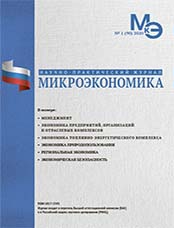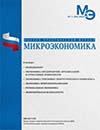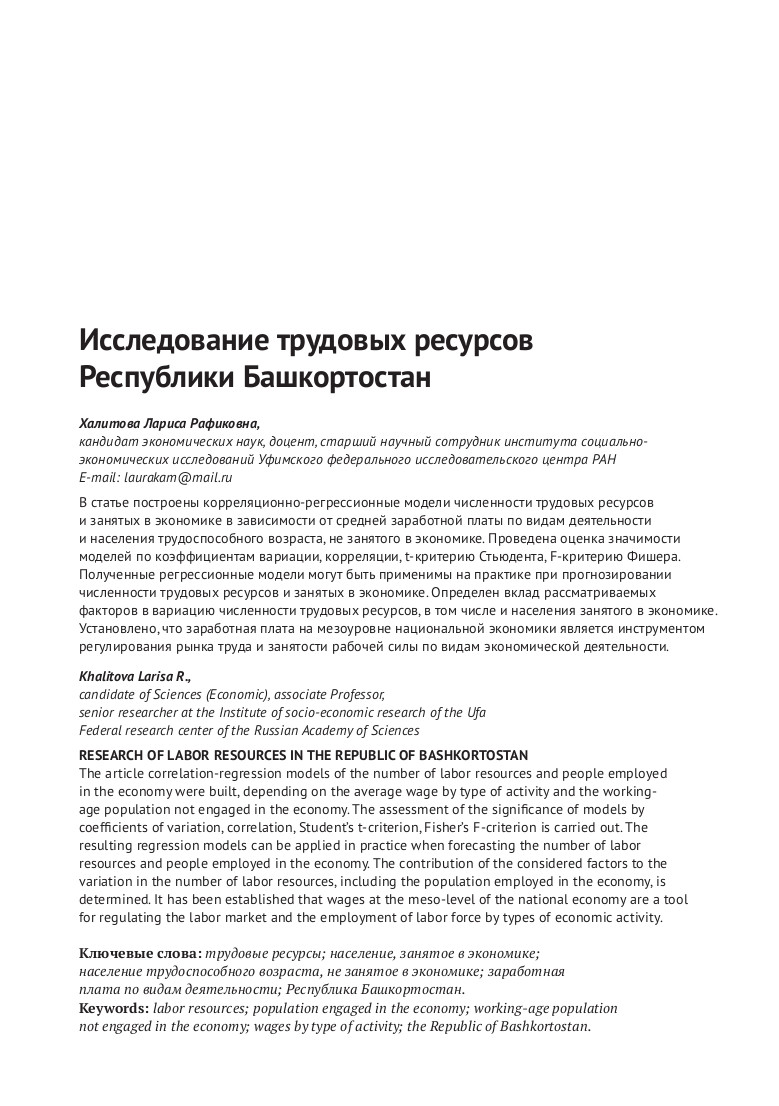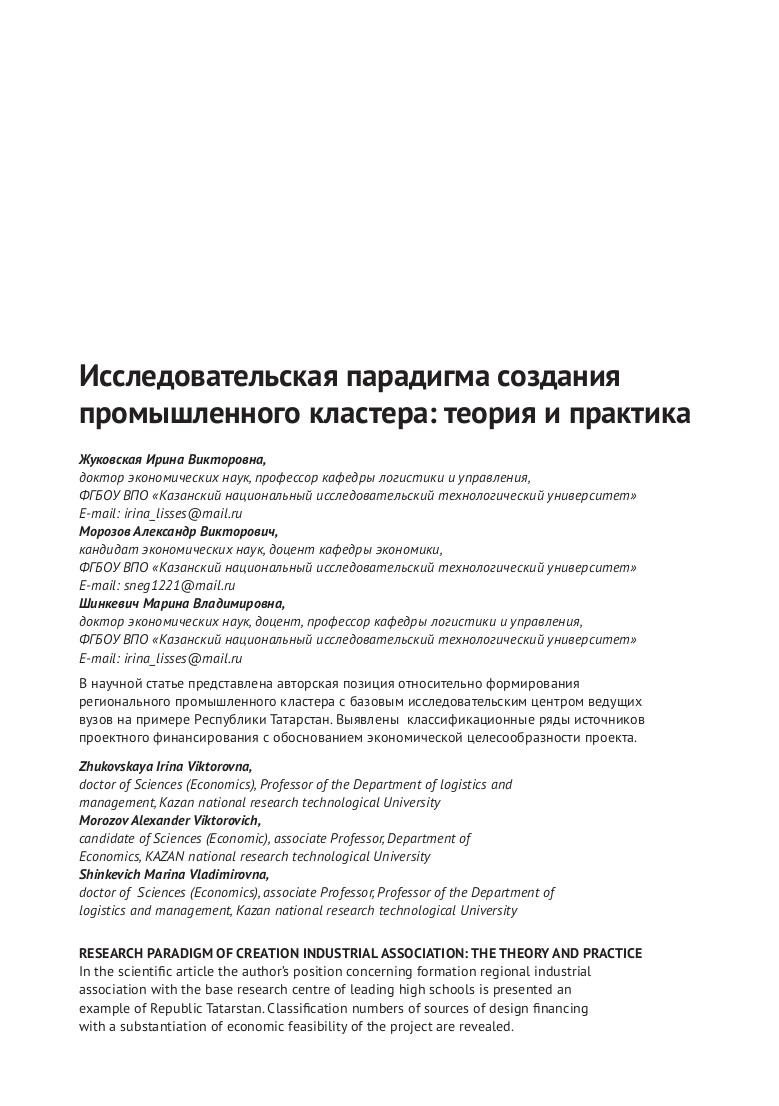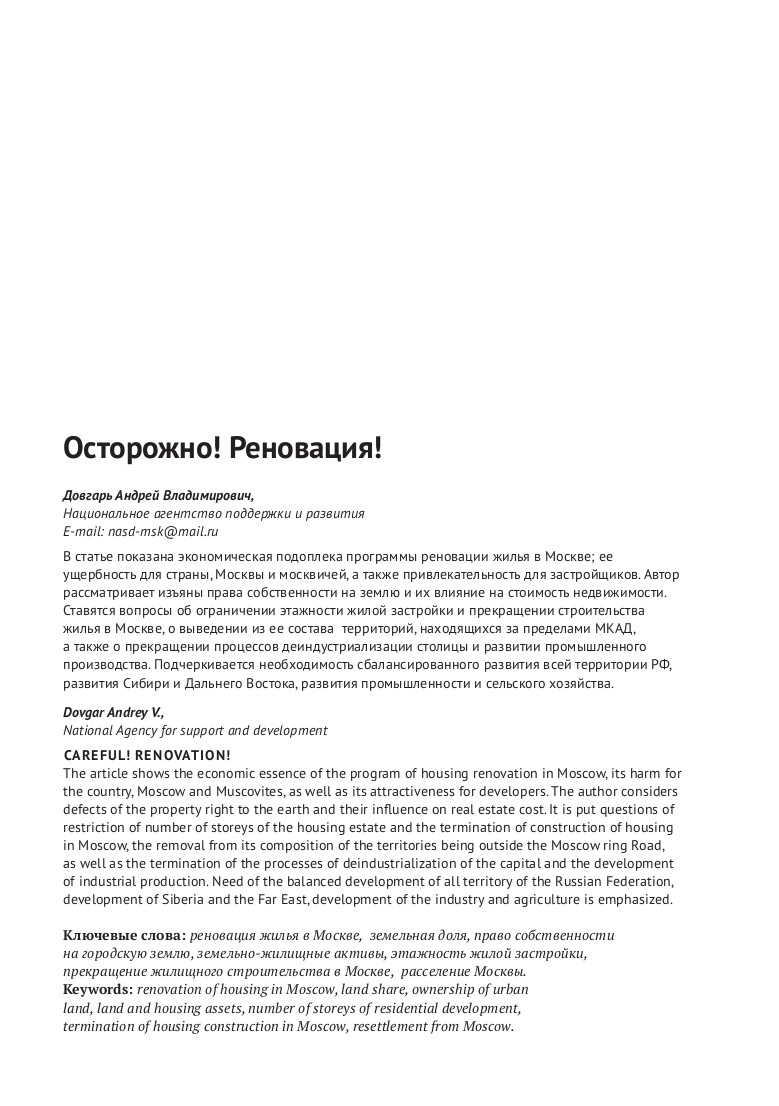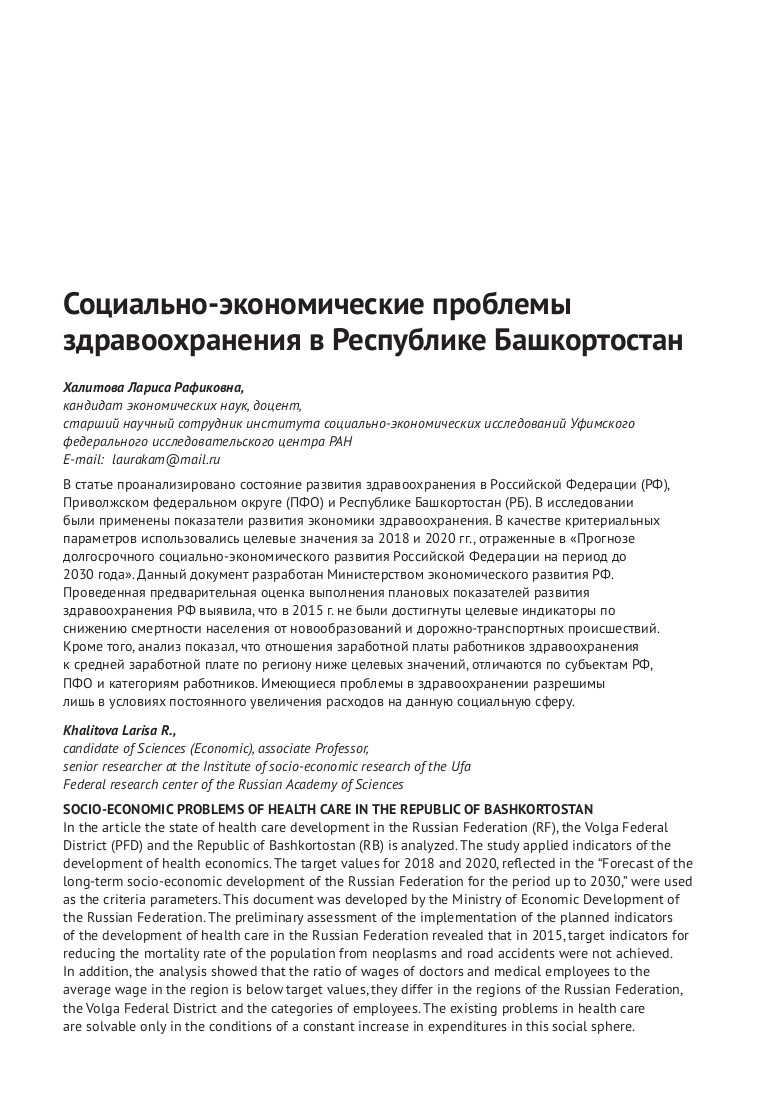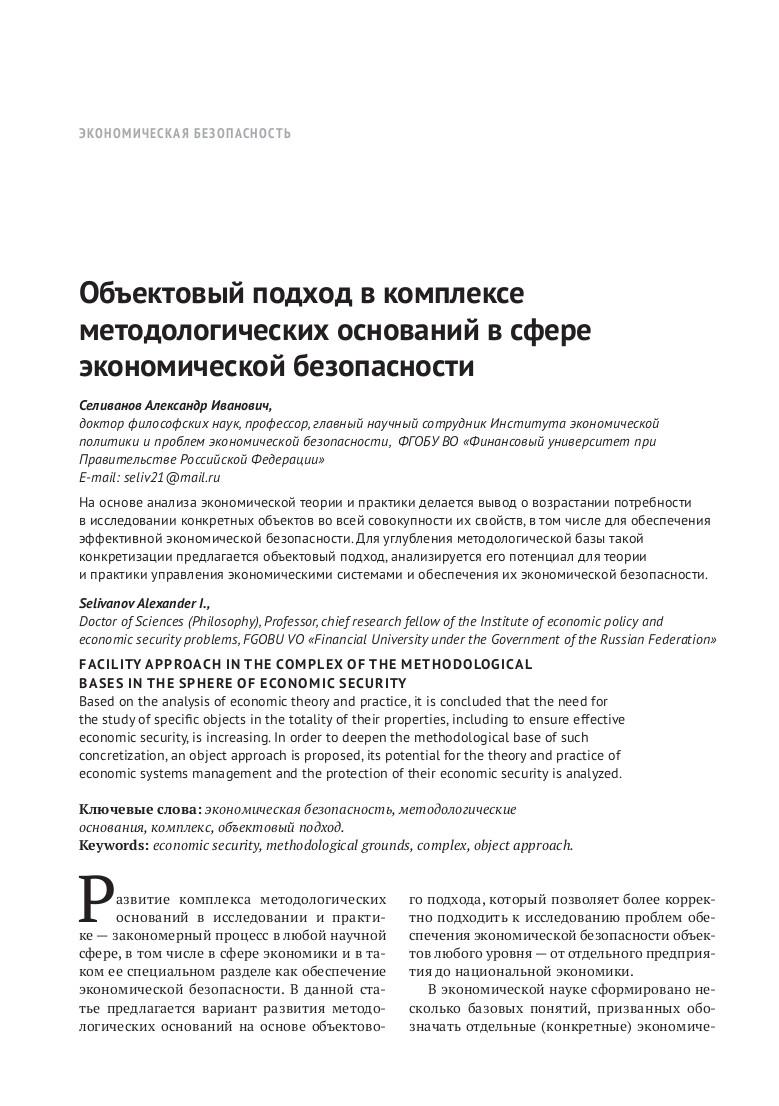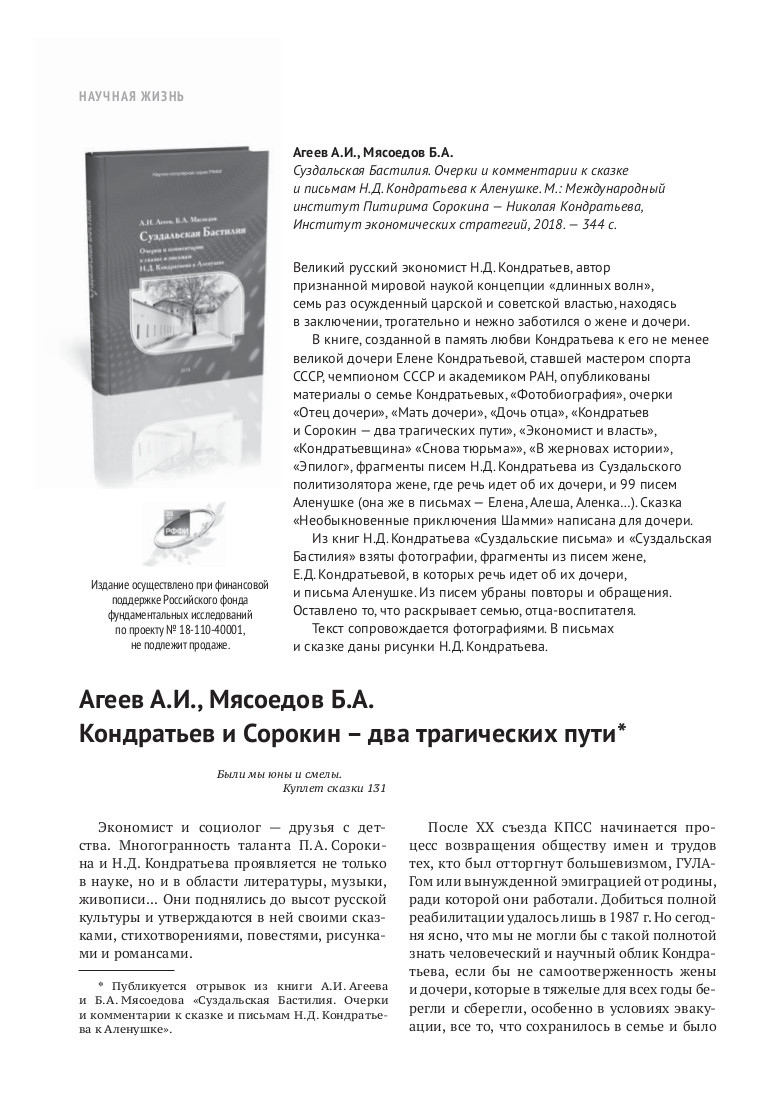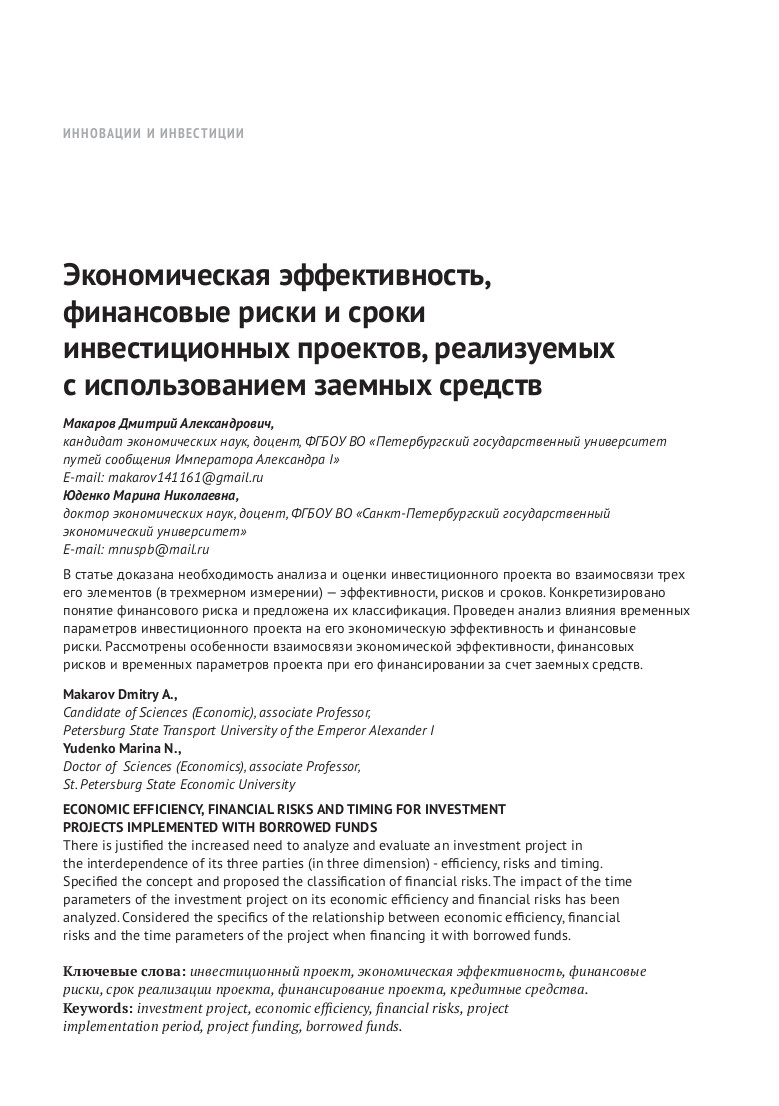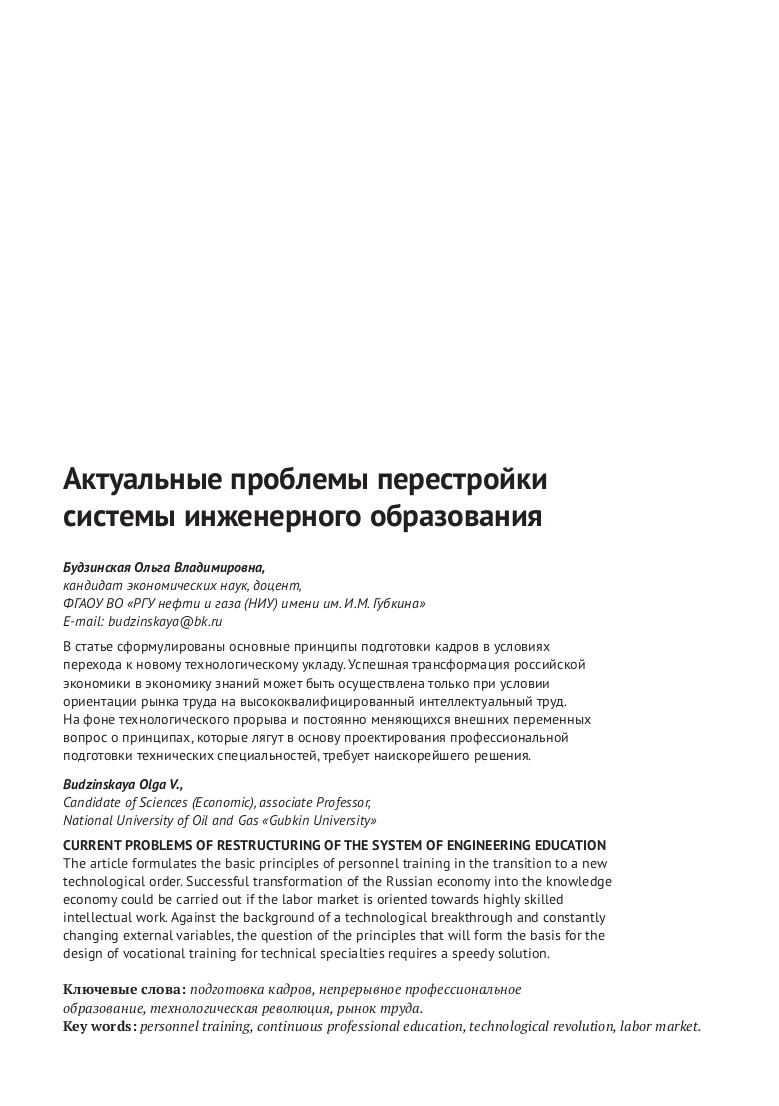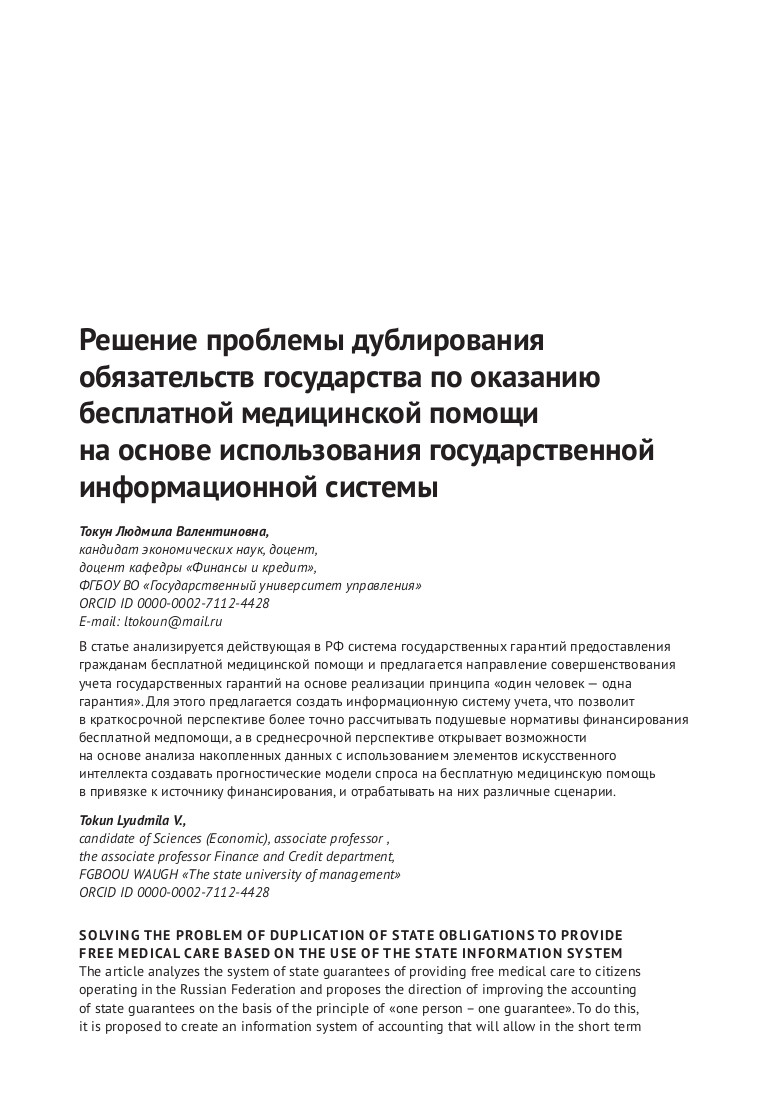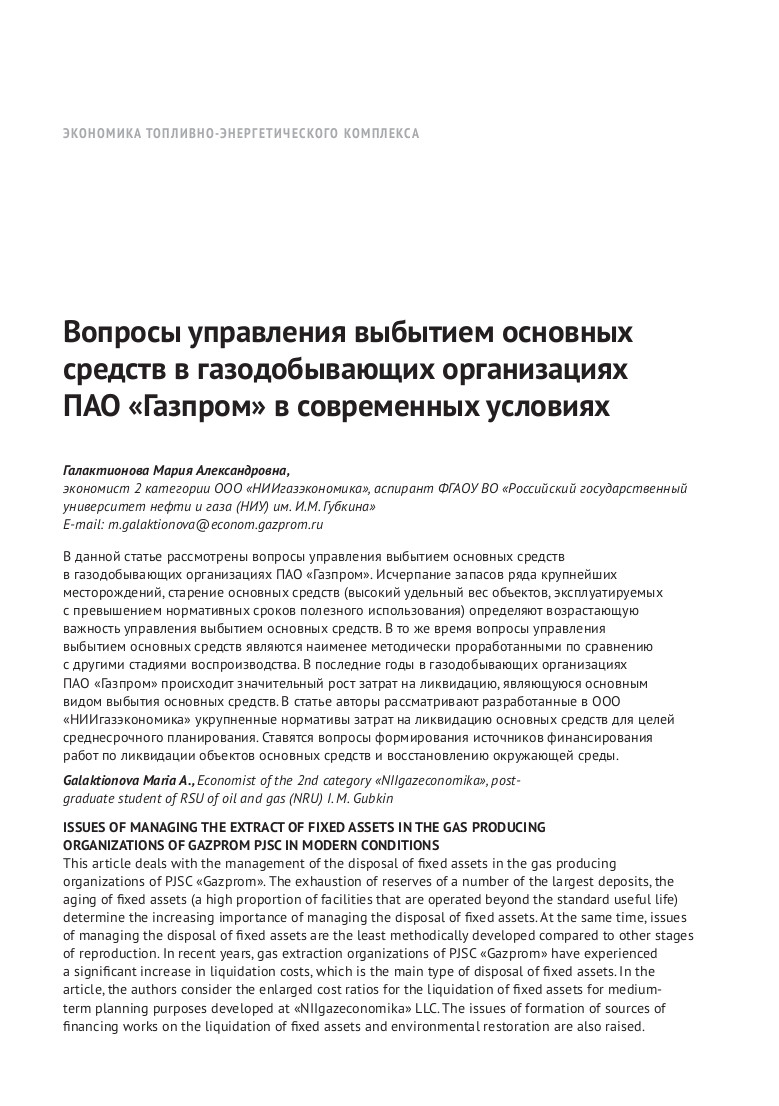Research of labor resources in the Republic of Bashkortostan
The article correlation-regression models of the number of labor resources and people employed in the economy were built, depending on the average wage by type of activity and the working-age population not engaged in the economy. The assessment of the significance of models by coefficients of variation, correlation, Student’s t-criterion, Fisher’s F-criterion is carried out. The resulting regression models can be applied in practice when forecasting the number of labor resources and people employed in the economy. The contribution of the considered factors to the variation in the number of labor resources, including the population employed in the economy, is determined. It has been established that wages at the meso-level of the national economy are a tool for regulating the labor market and the employment of labor force by types of economic activity.


